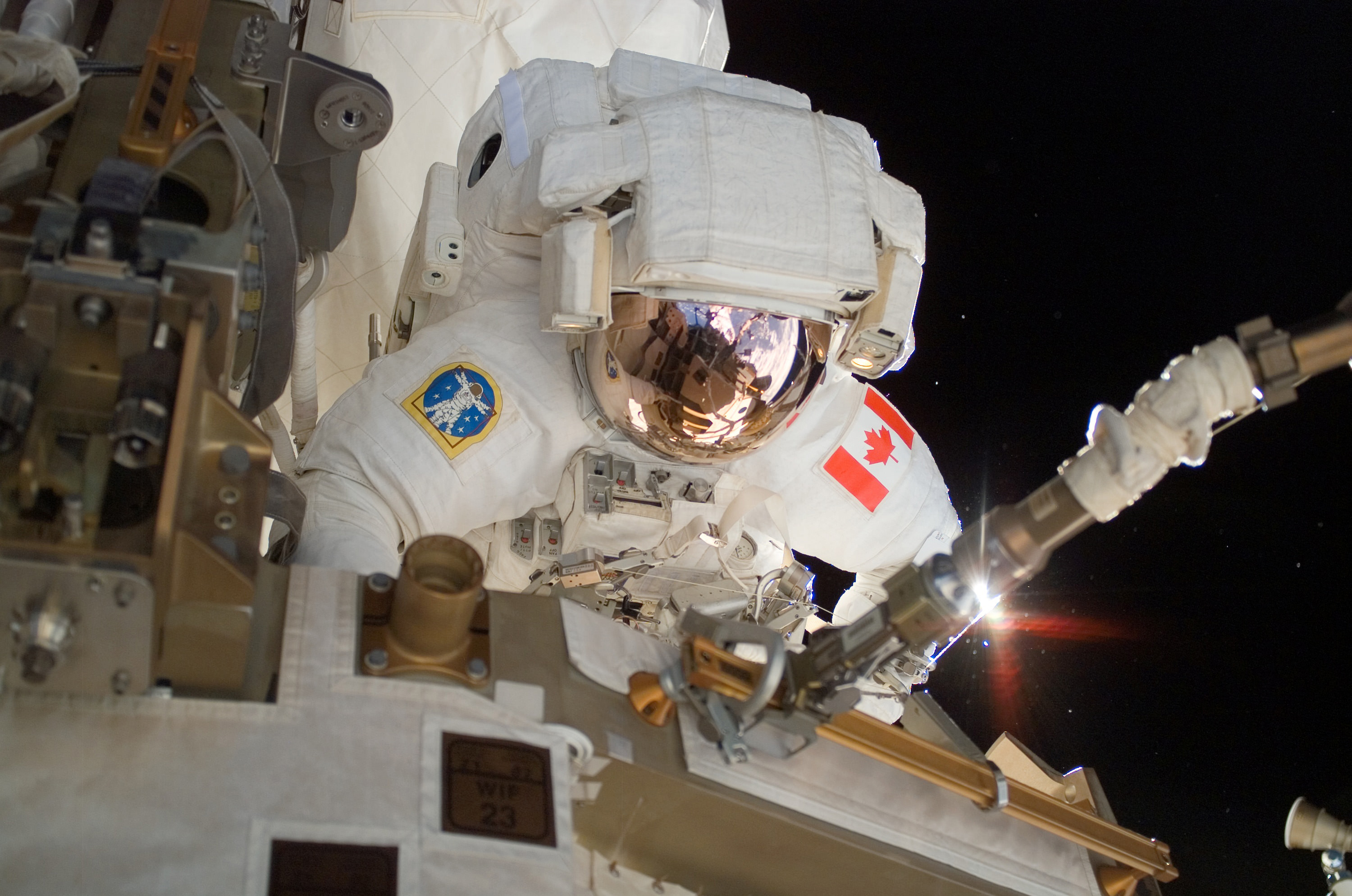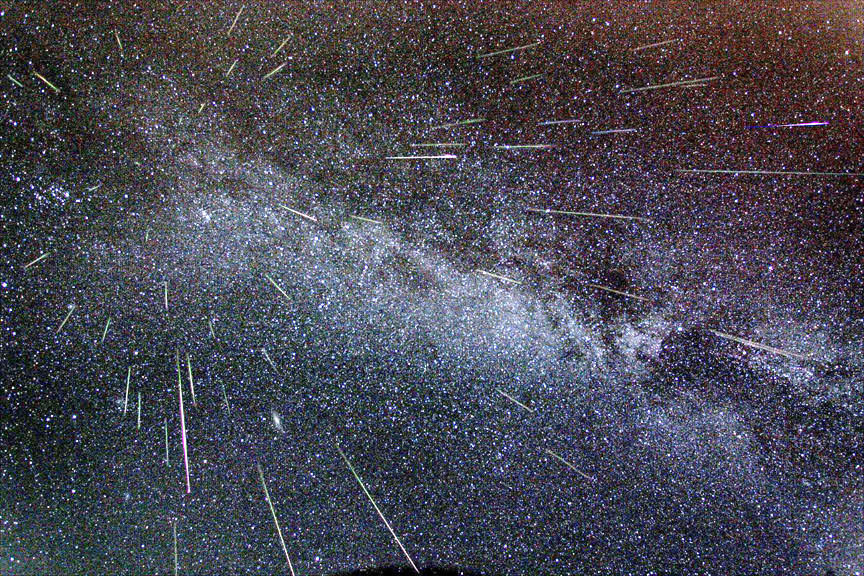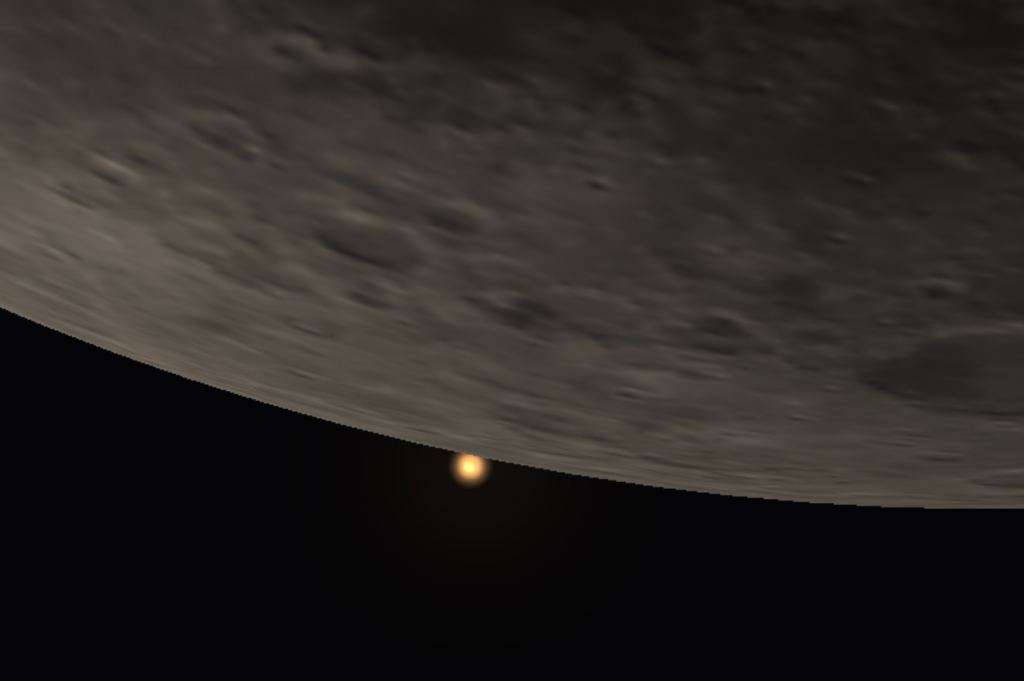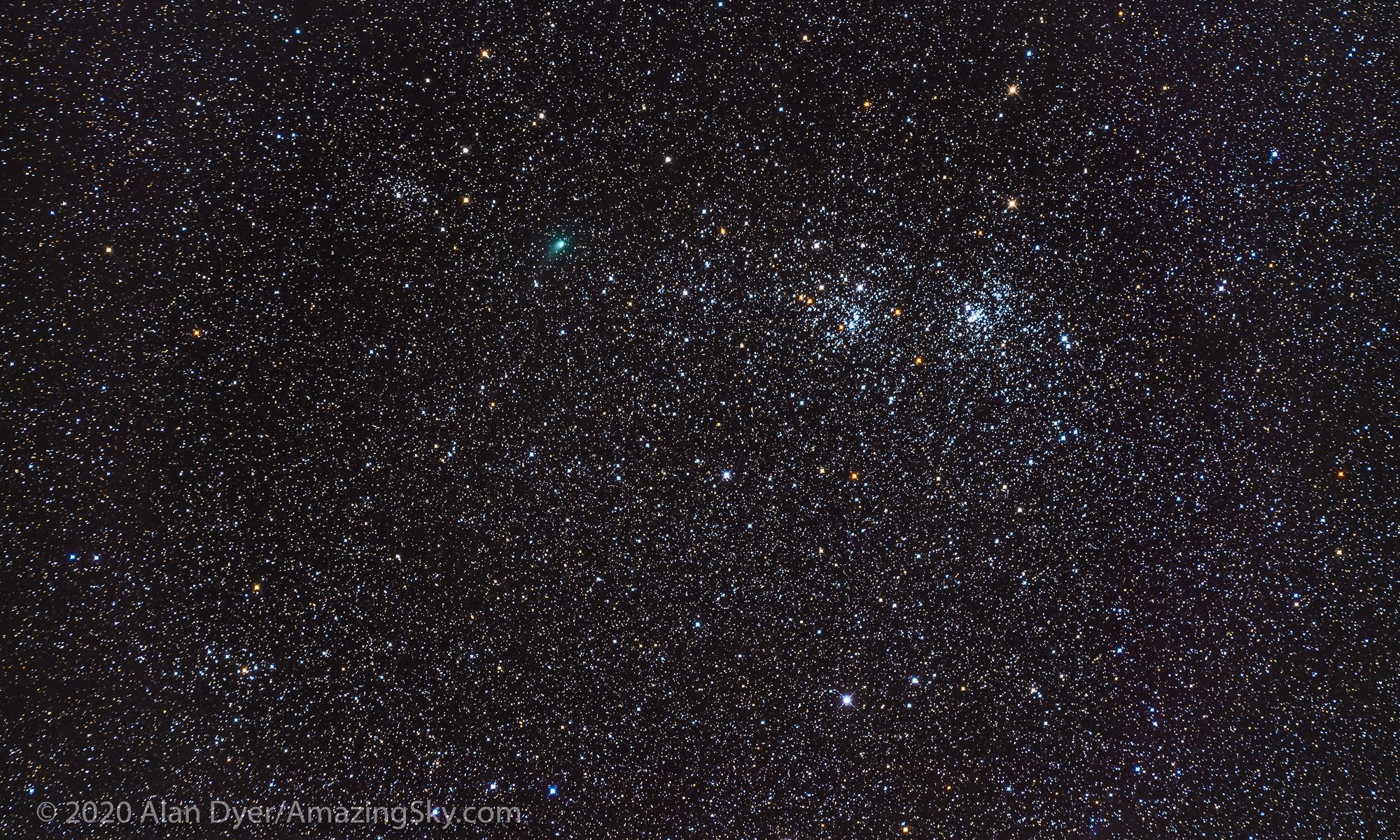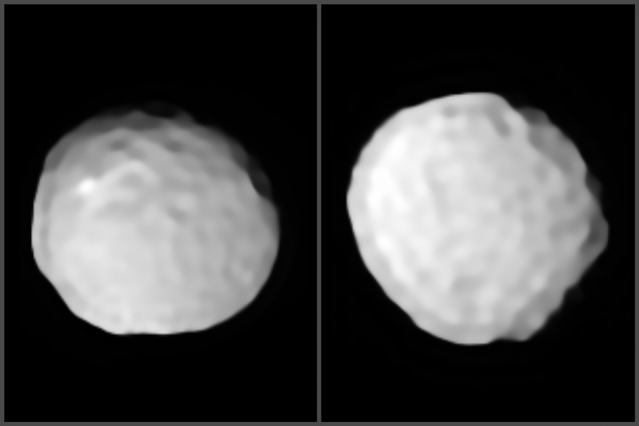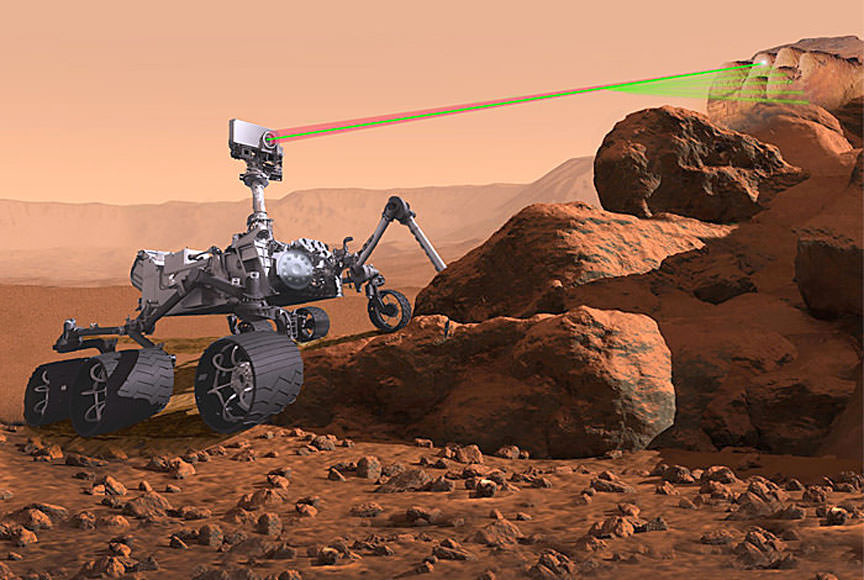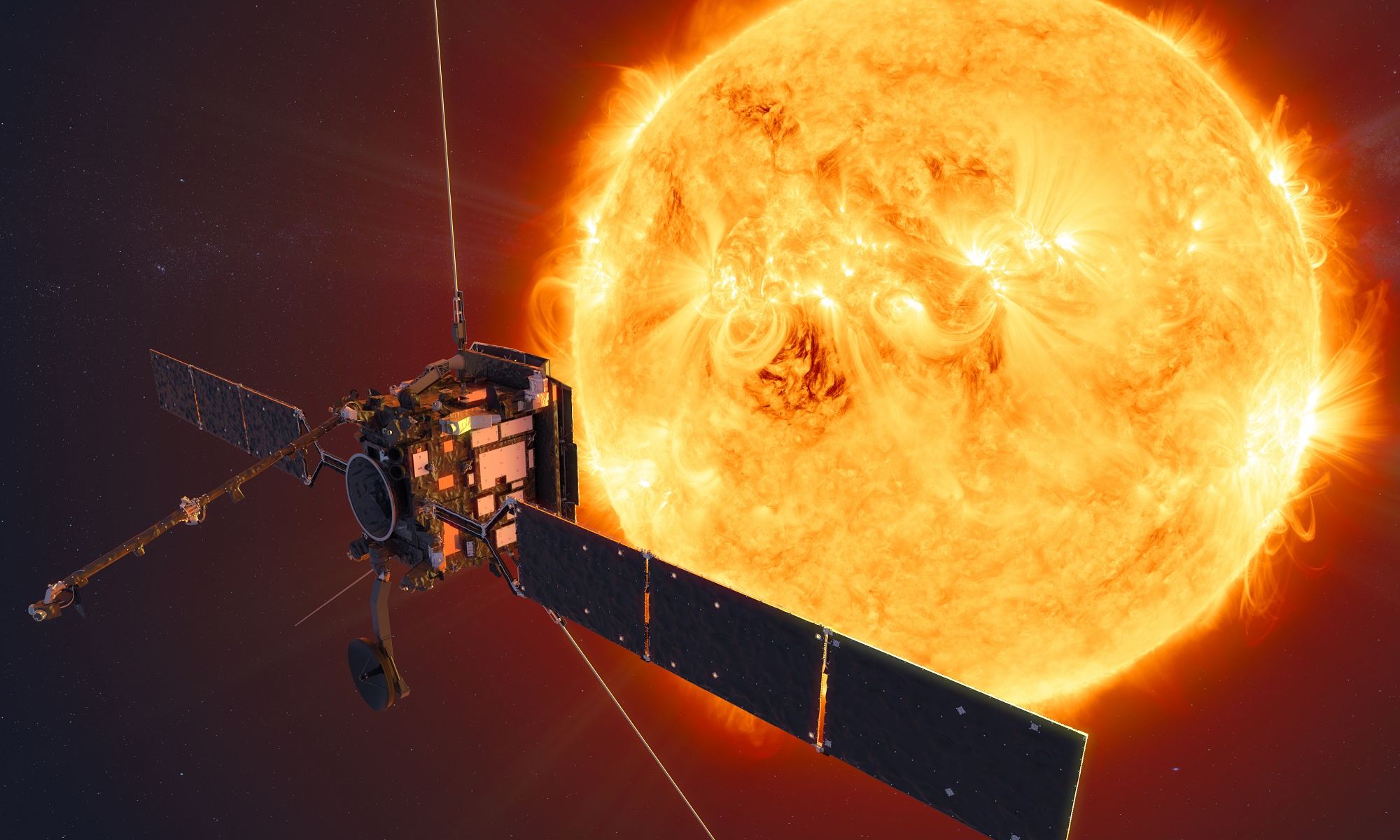One of the biggest challenges of working and living in space is the threat posed by radiation. In addition to solar and cosmic rays that are hazardous to astronauts’ health, there is also ionizing radiation that threatens their electronic equipment. This requires that all spacecraft, satellites, and space stations that are sent to orbit be shielded using materials that are often quite heavy and/or expensive.
Looking to create alternatives, a team of engineers came up with a new technique for producing radiation shielding that is lightweight and more cost-effective than existing methods. The secret ingredient, according to their recently-published research, is metal oxides (aka. rust). This new method could have numerous applications and lead to a significant drop in the costs associated with space launches and spaceflight.
Continue reading “A New Technique to Make Lighter Radiation Shielding For Spacecraft: Rust.”
